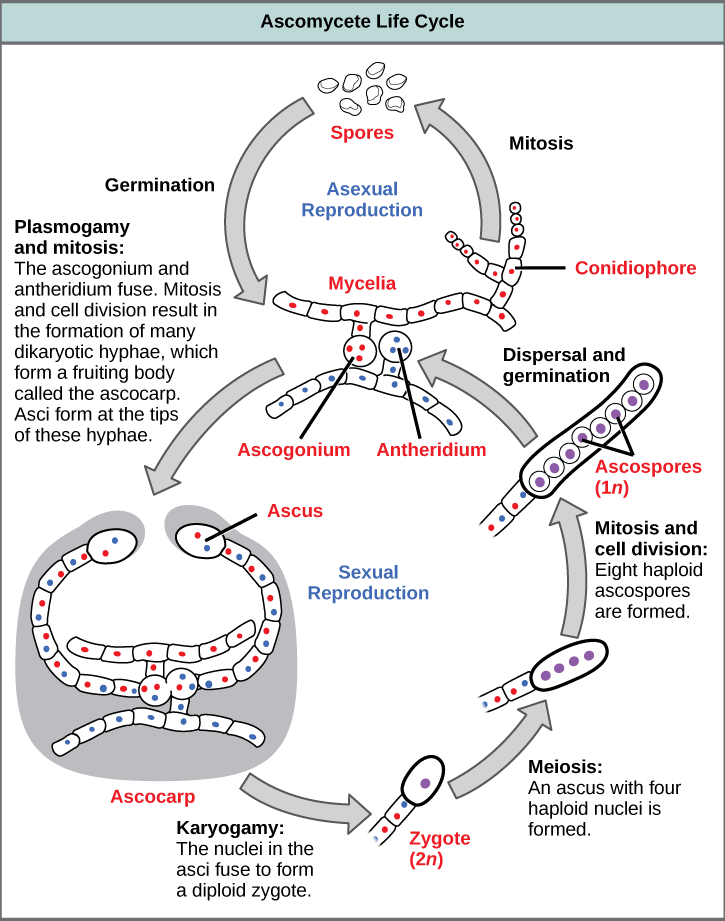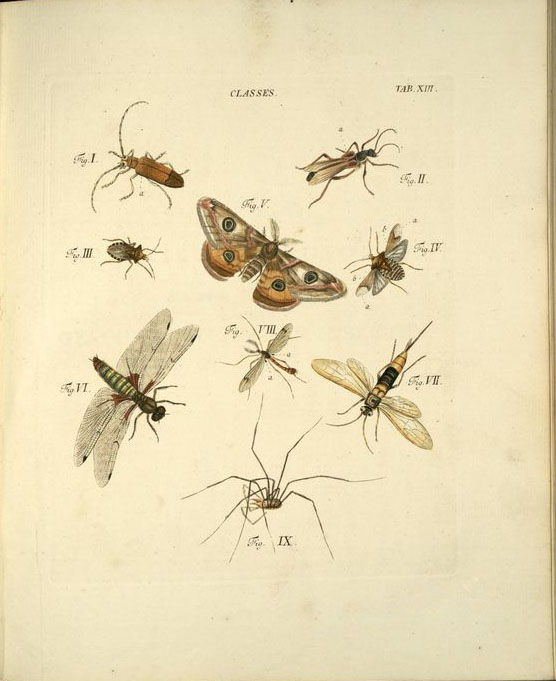|
Wynnella Auricula
''Wynnella auricula'' is a species of fungus in the family Helvellaceae, and the type species of genus '' Wynnella''. It was first described in 1763 by German mycologist Jacob Christian Schäffer Jacob Christian Schäffer, alternatively Jakob, (31 May 1718 – 5 January 1790) was a German dean, professor, botanist, mycologist, entomologist, ornithologist and inventor. Biography From 1736 to 1738 he studied Theology at the University of ... as ''Peziza auricula''. Jean Louis Émile Boudier transferred it to ''Wynnella'' in 1885. References External links * Pezizales Fungi of Europe Fungi described in 1763 Taxa named by Jacob Christian Schäffer Fungus species {{Pezizomycetes-stub ... [...More Info...] [...Related Items...] OR: [Wikipedia] [Google] [Baidu] |
Fungi
A fungus (plural, : fungi or funguses) is any member of the group of Eukaryote, eukaryotic organisms that includes microorganisms such as yeasts and Mold (fungus), molds, as well as the more familiar mushrooms. These organisms are classified as a Kingdom (biology), kingdom, separately from the other eukaryotic kingdoms, which by one traditional classification include Plantae, Animalia, Protozoa, and Chromista. A characteristic that places fungi in a different kingdom from plants, bacteria, and some protists is chitin in their cell walls. Fungi, like animals, are heterotrophs; they acquire their food by absorbing dissolved molecules, typically by secreting digestive enzymes into their environment. Fungi do not photosynthesize. Growth is their means of motility, mobility, except for spores (a few of which are flagellated), which may travel through the air or water. Fungi are the principal decomposers in ecological systems. These and other differences place fungi in a single gro ... [...More Info...] [...Related Items...] OR: [Wikipedia] [Google] [Baidu] |
Ascomycota
Ascomycota is a phylum of the kingdom Fungi that, together with the Basidiomycota, forms the subkingdom Dikarya. Its members are commonly known as the sac fungi or ascomycetes. It is the largest phylum of Fungi, with over 64,000 species. The defining feature of this fungal group is the " ascus" (), a microscopic sexual structure in which nonmotile spores, called ascospores, are formed. However, some species of the Ascomycota are asexual, meaning that they do not have a sexual cycle and thus do not form asci or ascospores. Familiar examples of sac fungi include morels, truffles, brewers' and bakers' yeast, dead man's fingers, and cup fungi. The fungal symbionts in the majority of lichens (loosely termed "ascolichens") such as '' Cladonia'' belong to the Ascomycota. Ascomycota is a monophyletic group (it contains all descendants of one common ancestor). Previously placed in the Deuteromycota along with asexual species from other fungal taxa, asexual (or anamorphic) ascom ... [...More Info...] [...Related Items...] OR: [Wikipedia] [Google] [Baidu] |
Pezizomycetes
Pezizomycetes are a class of fungi within the division Ascomycota. Pezizomycetes are apothecial fungi, meaning that their spore-producing/releasing bodies ( ascoma) are typically disk-like, bearing on their upper surfaces a layer of cylindrical spore-producing cells called asci, from which the spores are forcibly discharged. Important groups include: cup fungi ( Peziza), morels, Elfin saddle {{Short description, Name for several species of fungus The common name elfin saddle is given to a number of Ascomycete fungi in the order Pezizales. These medium to small fungi often have irregular saddle-shaped caps. Species include: *''Gyrom ...s, and truffles. References * * Pezizomycotina Fungus classes Taxa described in 1997 {{Pezizomycetes-stub de:Pezizomycetes ru:Pezizomycetes ... [...More Info...] [...Related Items...] OR: [Wikipedia] [Google] [Baidu] |
Pezizales
The Pezizales are an order of the subphylum Pezizomycotina within the phylum Ascomycota. The order contains 16 families, 199 genera, and 1683 species. It contains a number of species of economic importance, such as morels, the black and white truffles, and the desert truffles. The Pezizales can be saprobic, mycorrhizal, or parasitic on plants. Species grow on soil, wood, leaves and dung. Soil-inhabiting species often fruit in habitats with a high pH and low content of organic matter, including disturbed ground. Most species occur in temperate regions or at high elevation. Several members of the Sarcoscyphaceae and Sarcosomataceae are common in tropical regions. Description Members of this order are characterized by asci that typically open by rupturing to form a terminal or eccentric lid or operculum. The ascomata are apothecia or are closed structures of various forms derived from apothecia. Apothecia range in size from less than a millimeter to approximately 15 cm, a ... [...More Info...] [...Related Items...] OR: [Wikipedia] [Google] [Baidu] |
Helvellaceae
The Helvellaceae are a family of ascomycete fungi, the best-known members of which are the elfin saddles of the genus ''Helvella''. Originally erected by Elias Magnus Fries in 1823 as ''Elvellacei'', it contained many genera. Several of these, such as '' Gyromitra'' and ''Discina'', have been found to be more distantly related in a molecular study of ribosomal DNA Ribosomal DNA (rDNA) is a DNA sequence that codes for ribosomal RNA. These sequences regulate transcription initiation and amplification, and contain both transcribed and non-transcribed spacer segments. In the human genome there are 5 chrom ... by mycologist Kerry O'Donnell in 1997, leaving a much smaller core clade now redefined as Helvellaceae. Instead, this narrowly defined group is most closely related to the true truffles of the Tuberaceae. Although the ''Dictionary of the Fungi'' (10th edition, 2008) considered the Helvellaceae to contain six genera and 63 species, genetic analysis has shown that '' Leuc ... [...More Info...] [...Related Items...] OR: [Wikipedia] [Google] [Baidu] |
Wynnella
''Wynnella'' is a genus of ascomycete fungi of the family Helvellaceae. It contains two species, the type, '' W. auricula'', and '' W. silvicola''. The genus was circumscribed by French mycologist Jean Louis Émile Boudier in 1885. ''Wynnella'' is a sister genus to ''Helvella ''Helvella'' is a genus of ascomycete fungus of the family Helvellaceae. The mushrooms, commonly known as elfin saddles, are identified by their irregularly shaped caps, fluted stems, and fuzzy undersurfaces. They are found in North America and i ...''. References External links * Ascomycota genera Pezizales {{Pezizomycetes-stub ... [...More Info...] [...Related Items...] OR: [Wikipedia] [Google] [Baidu] |
Boud
Charles H. Boud (October 3, 1843 – September 1, 1921) was an American Democratic Party politician from New Jersey, who served on the Monmouth County, New Jersey Board of Chosen Freeholders and the New Jersey General Assembly. Biography Boud was born in the Farmingdale, then a part of Howell Township. He worked as a Stationmaster for the Pennsylvania Railroad and the New Jersey Southern Railroad before working as superintendent of the Freehold and Squankum Marl Company. In 1879 Boud was elected to the Board of Chosen Freeholders representing Howell Township and served until 1882. At the May 11, 1882 annual reorganization, he was chosen as Director of the Monmouth County, New Jersey Board of Chosen Freeholders, and served as Director for one year before leaving the board.Minutes, Monmouth County Board of Chosen Freeholders In 1882 he was Secretary of the Monmouth County Democratic/Republican Executive Committee. In the 1883 general election, Charles H. Boud was elected to a o ... [...More Info...] [...Related Items...] OR: [Wikipedia] [Google] [Baidu] |
Fungus
A fungus (plural, : fungi or funguses) is any member of the group of Eukaryote, eukaryotic organisms that includes microorganisms such as yeasts and Mold (fungus), molds, as well as the more familiar mushrooms. These organisms are classified as a Kingdom (biology), kingdom, separately from the other eukaryotic kingdoms, which by one traditional classification include Plantae, Animalia, Protozoa, and Chromista. A characteristic that places fungi in a different kingdom from plants, bacteria, and some protists is chitin in their cell walls. Fungi, like animals, are heterotrophs; they acquire their food by absorbing dissolved molecules, typically by secreting digestive enzymes into their environment. Fungi do not photosynthesize. Growth is their means of motility, mobility, except for spores (a few of which are flagellated), which may travel through the air or water. Fungi are the principal decomposers in ecological systems. These and other differences place fungi in a single gro ... [...More Info...] [...Related Items...] OR: [Wikipedia] [Google] [Baidu] |
Type Species
In zoological nomenclature, a type species (''species typica'') is the species name with which the name of a genus or subgenus is considered to be permanently taxonomically associated, i.e., the species that contains the biological type specimen(s). Article 67.1 A similar concept is used for suprageneric groups and called a type genus. In botanical nomenclature, these terms have no formal standing under the code of nomenclature, but are sometimes borrowed from zoological nomenclature. In botany, the type of a genus name is a specimen (or, rarely, an illustration) which is also the type of a species name. The species name that has that type can also be referred to as the type of the genus name. Names of genus and family ranks, the various subdivisions of those ranks, and some higher-rank names based on genus names, have such types. [...More Info...] [...Related Items...] OR: [Wikipedia] [Google] [Baidu] |
Jacob Christian Schäffer
Jacob Christian Schäffer, alternatively Jakob, (31 May 1718 – 5 January 1790) was a German dean, professor, botanist, mycologist, entomologist, ornithologist and inventor. Biography From 1736 to 1738 he studied Theology at the University of Halle before becoming a teacher in Ratisbon. In 1760, the University of Wittenberg gave him the title of Doctor of Philosophy, and the University of Tübingen awarded him in 1763 the title of Doctor of Divinity. In 1741, he became a pastor of a Protestant parish. In 1779, while still a pastor, he also became the dean of the Protestant parish in Ratisbon. Works In 1759, Schäffer published ''Erleichterte Artzney-Kräuterwissenschaft'', a handbook of botany and the medicinal effects of plants for doctors and pharmacists. From 1762 to 1764, he wrote four richly illustrated volumes on mycology, ''Natürlich ausgemahlten Abbildungen baierischer und pfälzischer Schwämme, welche um Regensburg wachsen''. In 1774, he wrote ''Elementa Orni ... [...More Info...] [...Related Items...] OR: [Wikipedia] [Google] [Baidu] |



_(2).jpg)
